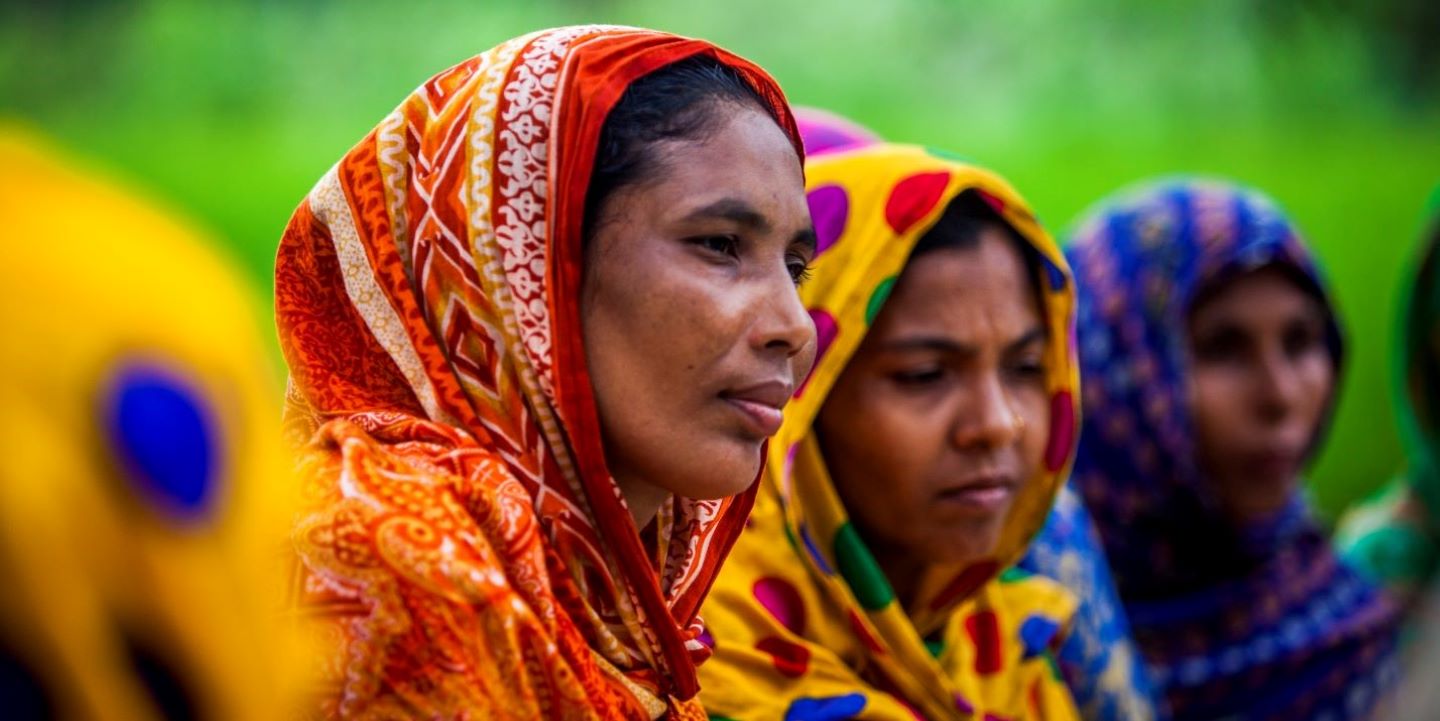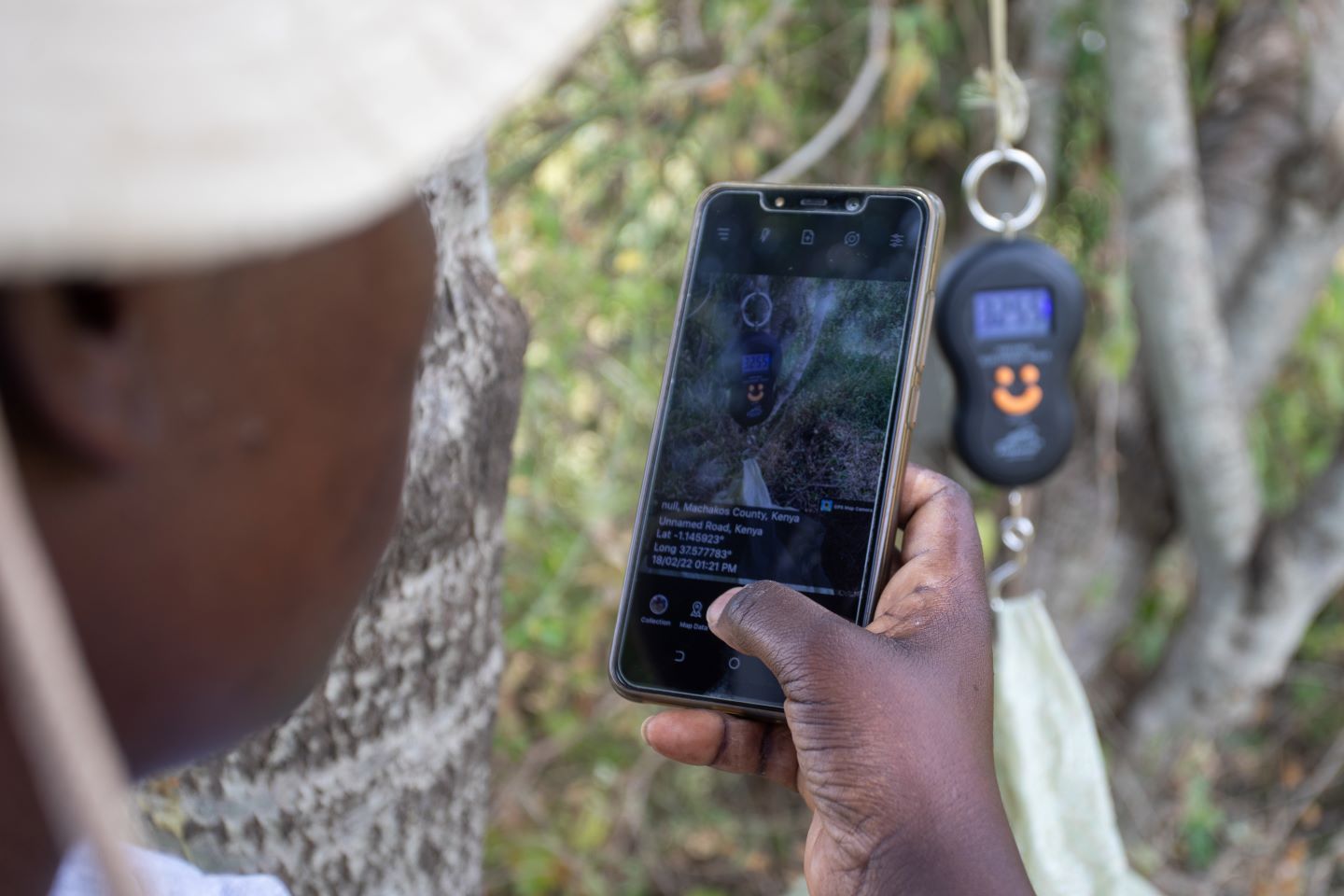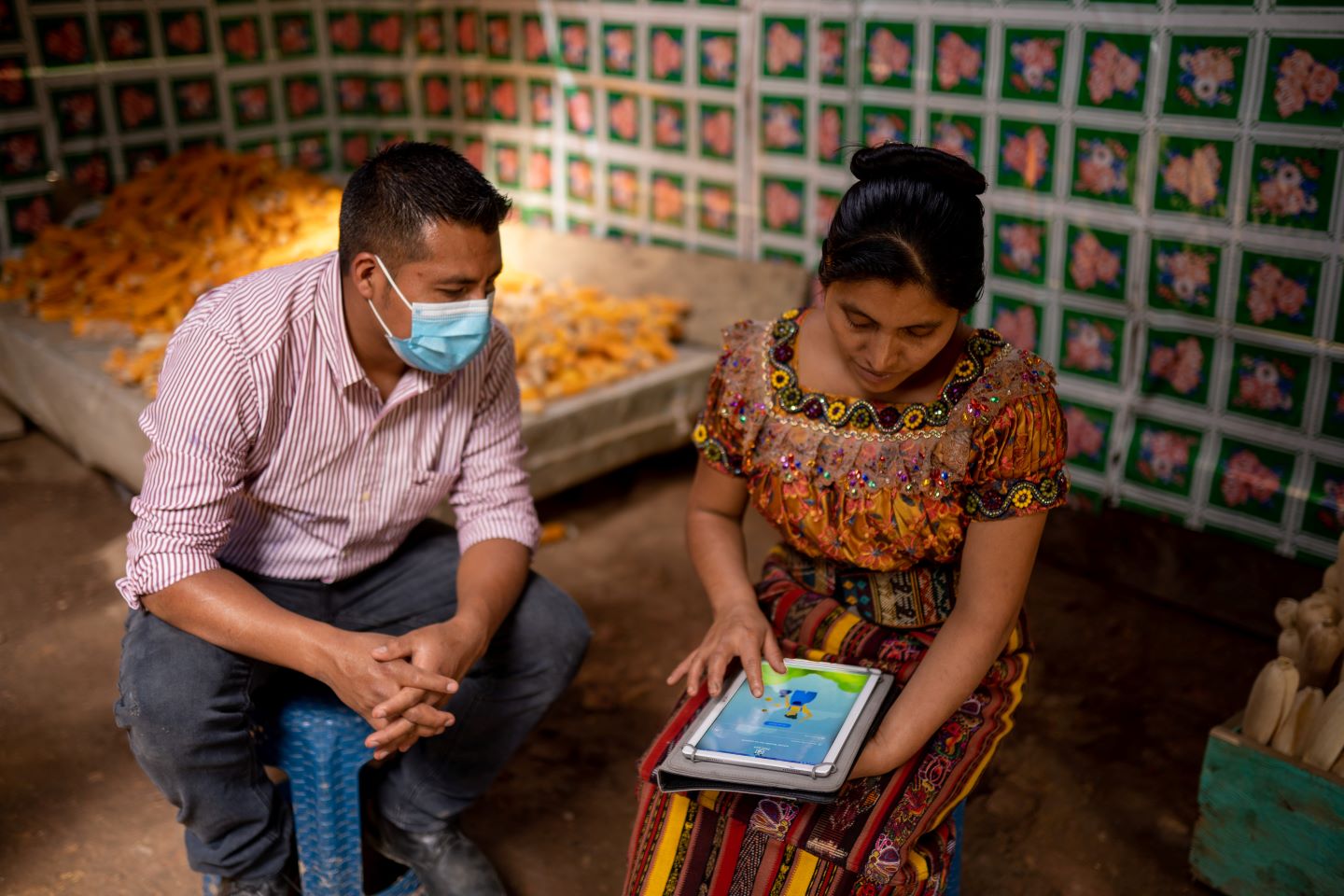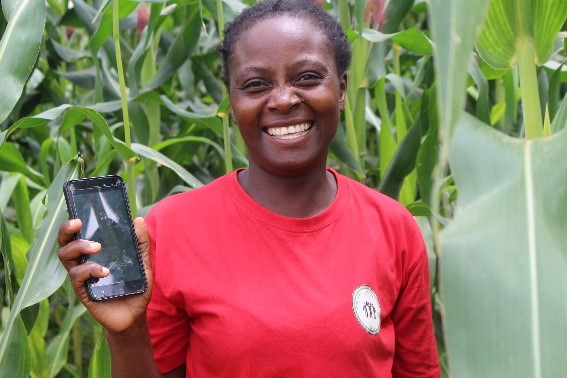A digital divide is holding rural women back. Here is what we can do to change this
IFAD Asset Request Portlet
ناشر الأصول
A digital divide is holding rural women back. Here is what we can do to change this
المقدر للقراءة دقيقة 5
Although advanced concepts like artificial intelligence and the metaverse dominate conversations around digital technology, the sad reality is that poor rural women in low and middle-income countries are being left behind.
They are 7 per cent less likely than men to own a mobile phone and 16 per cent less likely to use smartphones. In developing countries, men are twice as likely to use the internet than women.
This means that many rural women are excluded from digital services, like online banking, placing orders online, e-learning or simply pursuing their interests online.

What is causing the divide?
There are many reasons for the digital divide. Women earn less than men so are less likely to be able to afford digital devices. Limited educational opportunities for women mean they are more likely to be illiterate, which hampers their use of technology. In some parts of the world, social norms mean technology is viewed as more suitable for men and boys, while cyberlaws often do not address the greater online risks women face, such as harassment.
What do farmers and technology have to do with one another?
Digital technologies are revolutionizing how small-scale producers farm. Advice on how to increase their production is at their fingertips. Alerts about the weather and hazards, like flash floods, help build their resilience to climate change. As farmers go online, they find customers they would never have otherwise reached.
Using fintech, farmers in remote areas can bank, access insurance and get financing. This helps them protect and grow their businesses, as well as send and receive payments. Tools, like block chain technology, mean customers can track individual products from the farm all the way to their shopping carts.
Six things that can be done to close the digital divide
- Consider how men and women farm and what digital technologies they use when developing rural development projects with a digital component.
- Evaluate whether digital tools and technologies meet women’s specific needs.
- Use multiple tools to reach the widest range of women instead of a single digital technology.
- Engage female farmers directly and invest in their work.
- Advocate for the right infrastructure, policies and programmes to address women’s poverty and gendered constraints on using digital technologies.
- Train women in digital and language literacy.

From Jordan and Pakistan to Guatemala and Malawi—digitally empowering women farmers works!
In Guatemala, Juana Morales Rodríguez used to spend half her income on bus fares to get into town. That was until she received a tablet for digital banking through IFAD’s RPSF, she has since been able to save on bus fares and grow her weaving business at home.
In rural Jordan, an e-wallet scheme by the REGEP project sent grant payments directly to farmers. Three in five people who availed of this were women. One of these is Safa’a Abu Rabeea, who makes and sells fruit preserves and jams, and uses the e-wallet to receive payments from buyers, even when they are not carrying cash.
In Pakistan, women are usually responsible for tending livestock. But as most extension workers are male, it is harder for women to access this useful farming advice. Digital extension services through an IFAD-funded project provided over 104,000 women with information via text message.

Sarah Kachedwa, an IFAD-supported farmer in Malawi, saw her yields and income increase once she started using digital tools and social media. Here, she could easily access information on crops, including how to avoid diseases and where to find the best markets.
Simply put, rural women should have access to the tools and knowledge they need to flourish. In today’s world, digital technologies and knowing how to use them is indispensable for rural women and men alike.